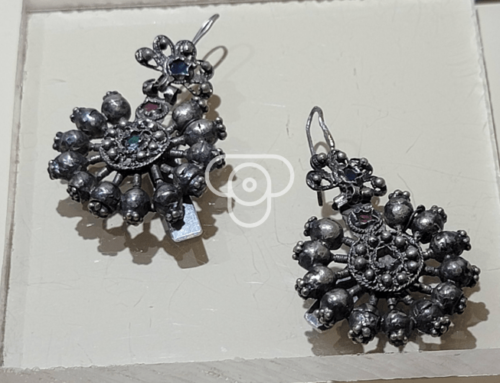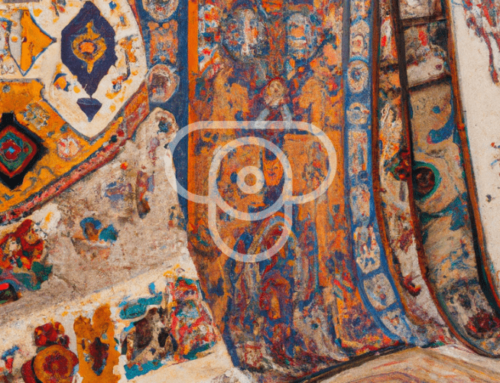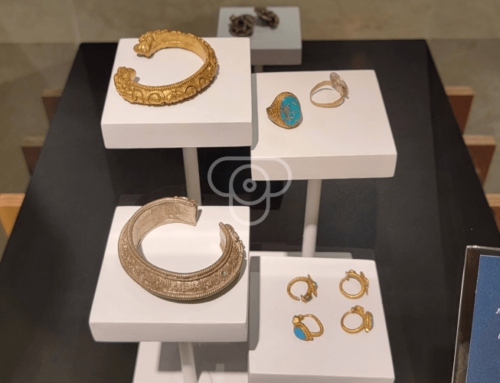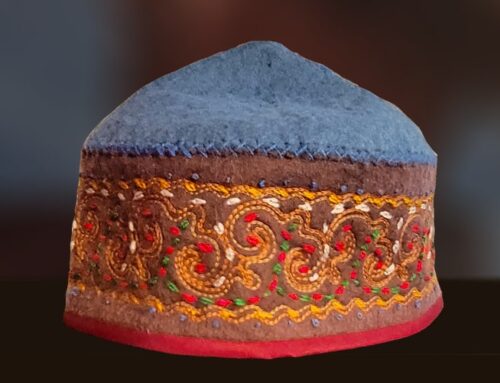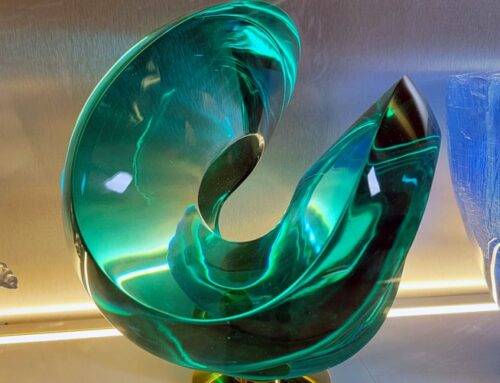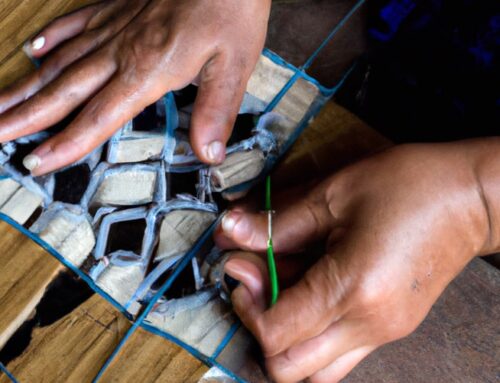Explore the Beauty of Turkish Arts and Crafts
Turkey is a country with a rich and diverse cultural heritage, and its arts and crafts are no exception. From the intricate patterns of Turkish carpets to the delicate filigree of Turkish jewelry, there is something for everyone to appreciate.
Let’s take a closer look at some of the most beautiful Turkish arts and crafts and explore their history, their techniques, and their significance to Turkish culture.
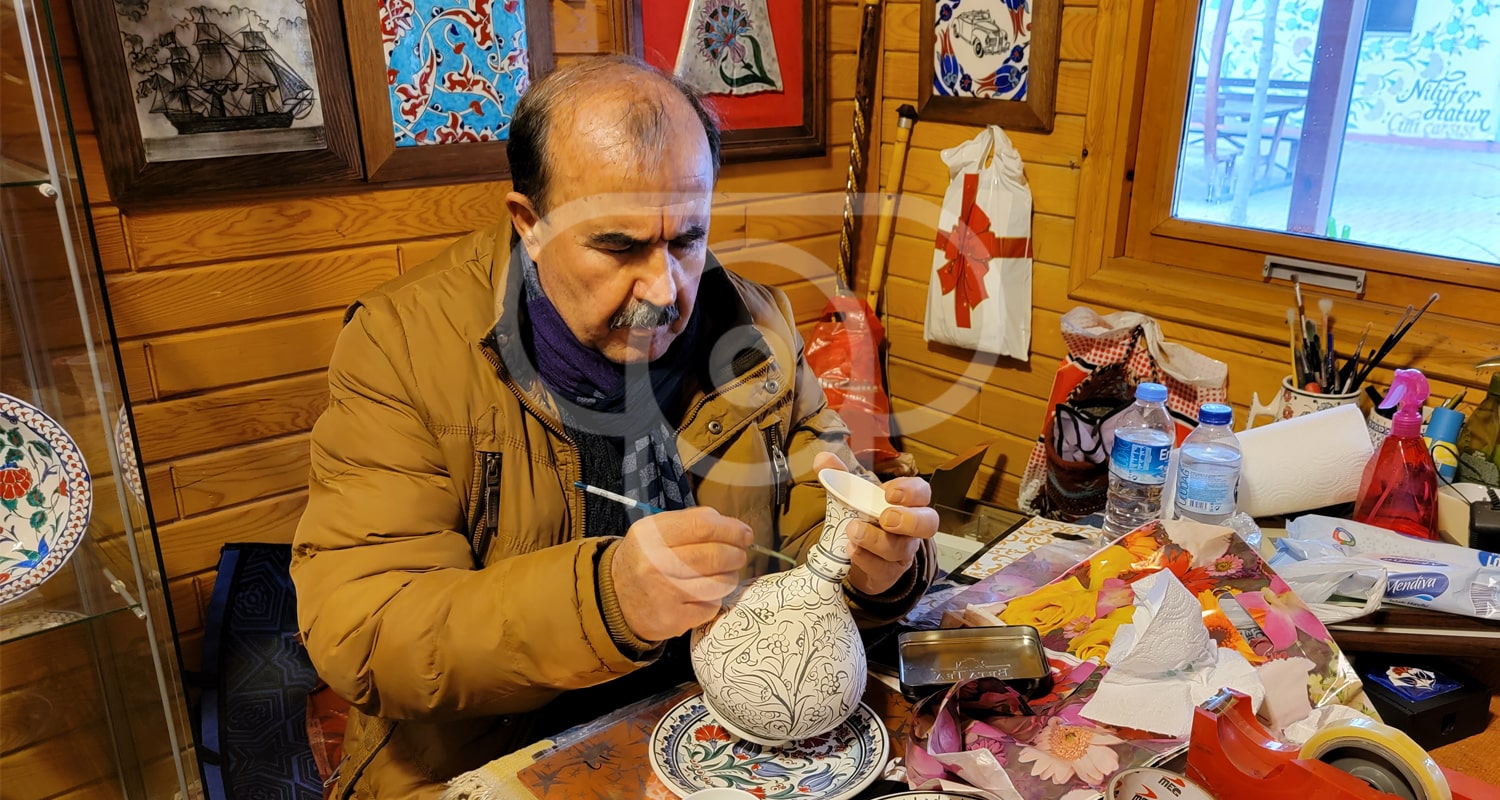
Turkish marbling, or Ebru
Turkish marbling, or Ebru, is a traditional Turkish art form that involves creating patterns on water. The patterns are created by sprinkling or brushing colored pigments onto a surface of water that has been treated with a special solution. The pigments float on the water and create beautiful, abstract patterns. The patterns are then transferred to paper, fabric, or other surfaces.
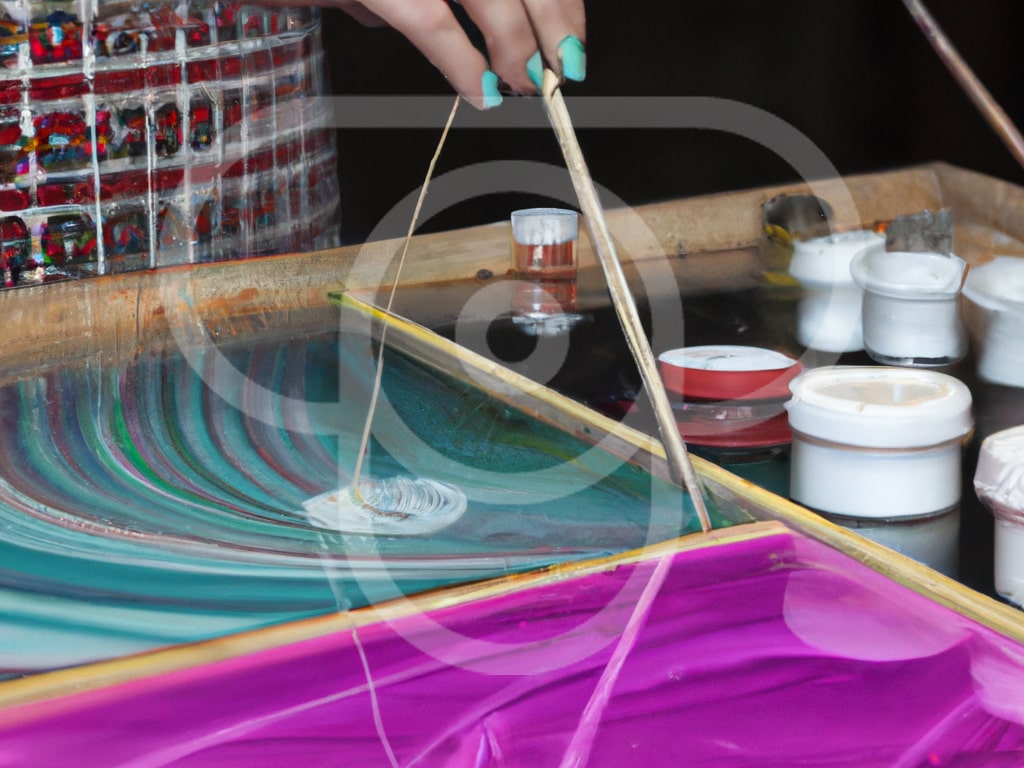
Ebru is a centuries-old art form that originated in Turkey. It is believed to have been developed in the 13th century by Sufi scholars. Ebru was originally used to decorate religious texts and manuscripts. However, it is now used to create a variety of objects, including paintings, book covers, and jewelry.
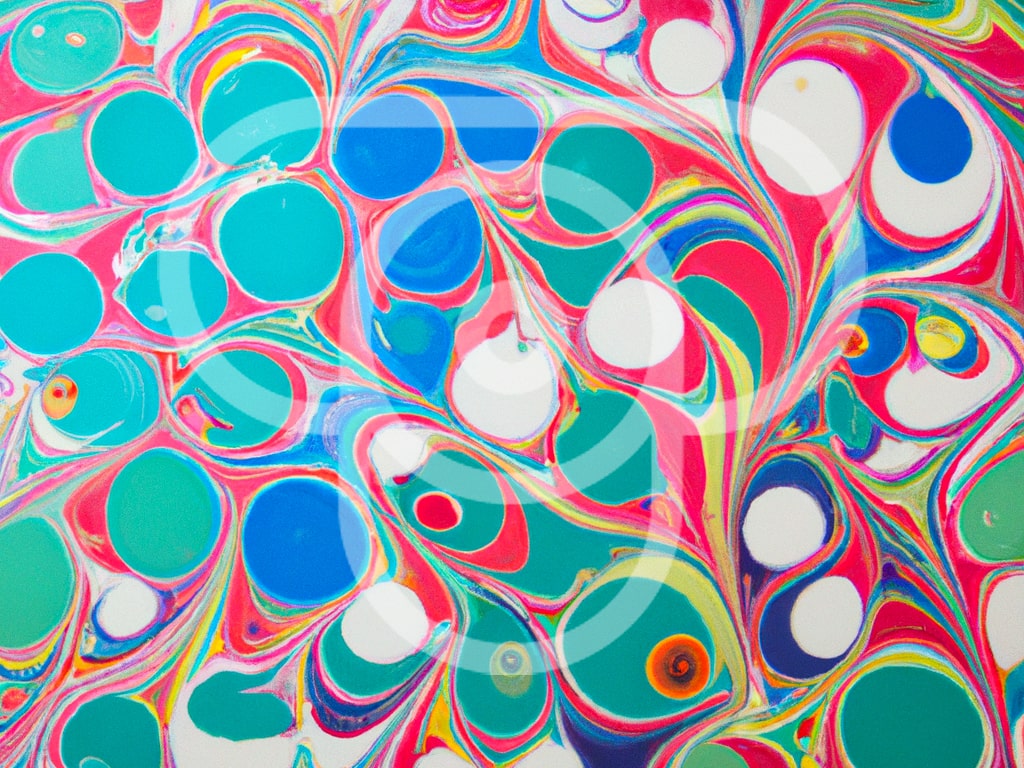
Ebru is a challenging art form to learn, but it is also very rewarding. The patterns that can be created with Ebru are truly unique and beautiful. If you are interested in learning more about Ebru, there are many workshops and classes available in Turkey and around the world.
Turkish calligraphy
Turkish calligraphy is a beautiful and intricate art form that has been practiced in Turkey for centuries. It is a form of Islamic calligraphy, which means that it is based on the Arabic alphabet. However, Turkish calligraphy has its own unique style and flair.
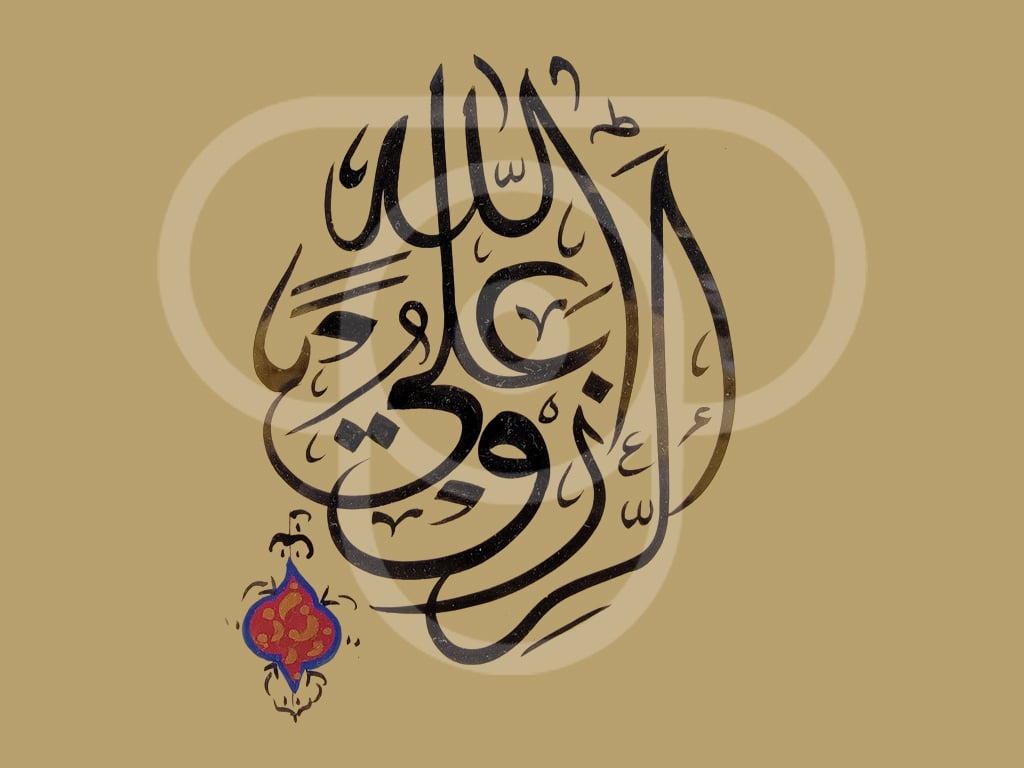
Turkish calligraphers use a variety of tools and materials, including pens, nibs, and inks. They also use a variety of techniques, such as shading, stippling, and flourishing. The result is a stunning array of works of art that can be found in mosques, libraries, and homes throughout Turkey.
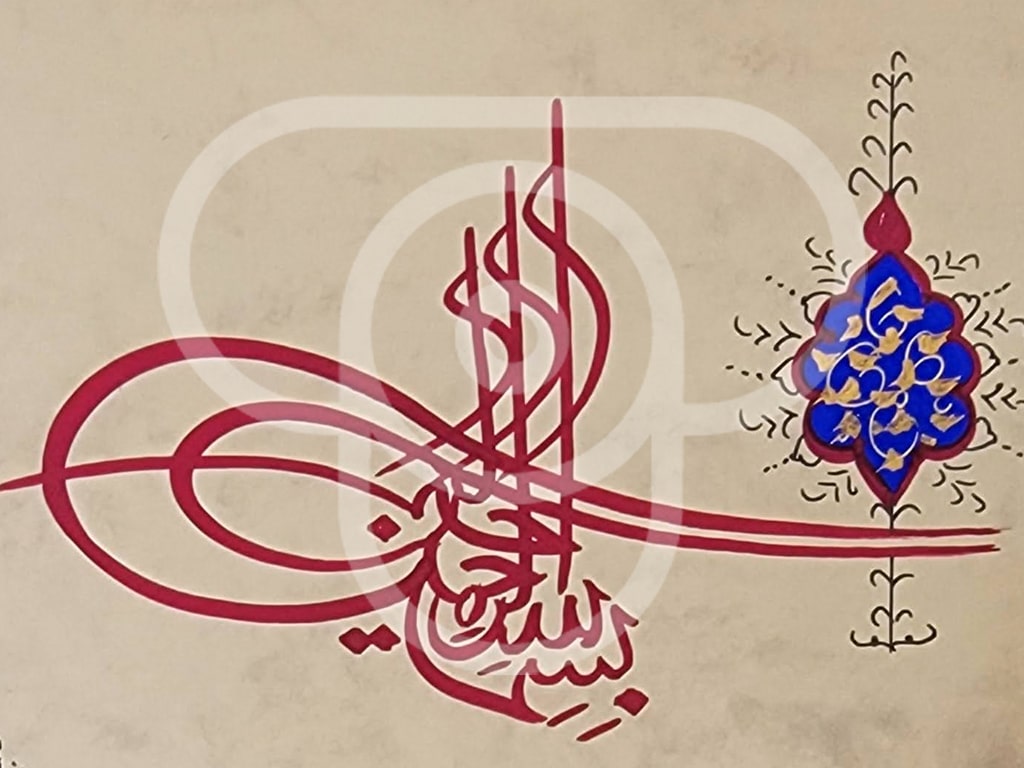
Turkish calligraphy is not just a beautiful art form, it is also a way of expressing one’s faith. The Arabic alphabet is considered to be sacred in Islam, and calligraphy is a way of honoring the words of the Quran.
Miniature Turkish Art: A treasured part of Turkish cultural heritage
Turkish miniature artwork is a centuries-old art form that originated in Turkey. It is a type of painting that is characterized by its small scale and intricate detail. Miniatures were originally used to illustrate manuscripts and books, but they are now also used to create standalone works of art.
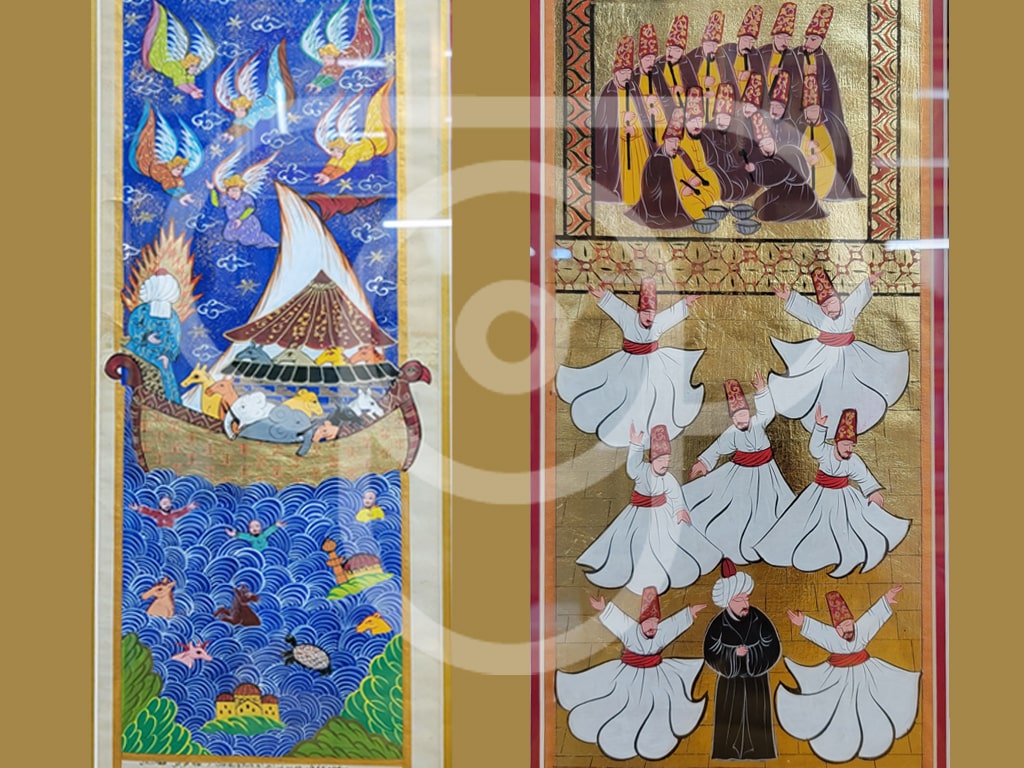
The earliest miniature Turkish artworks can be traced back to the 13th century. These early miniatures were influenced by Persian and Chinese art. However, the Turkish style of miniature painting developed its own unique characteristics over time.
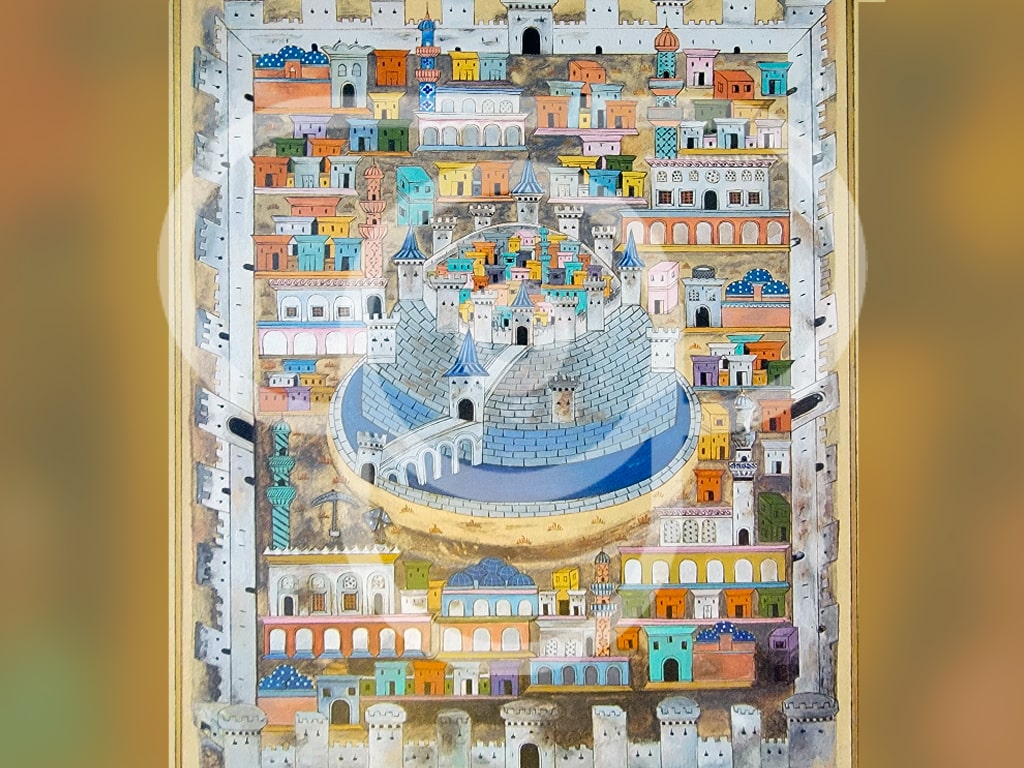
Turkish miniatures typically depict scenes from history, literature, or mythology. They are often highly stylized and use a limited palette of colors. Miniatures are also known for their use of gold and silver leaf, which adds a touch of luxury to the artwork.
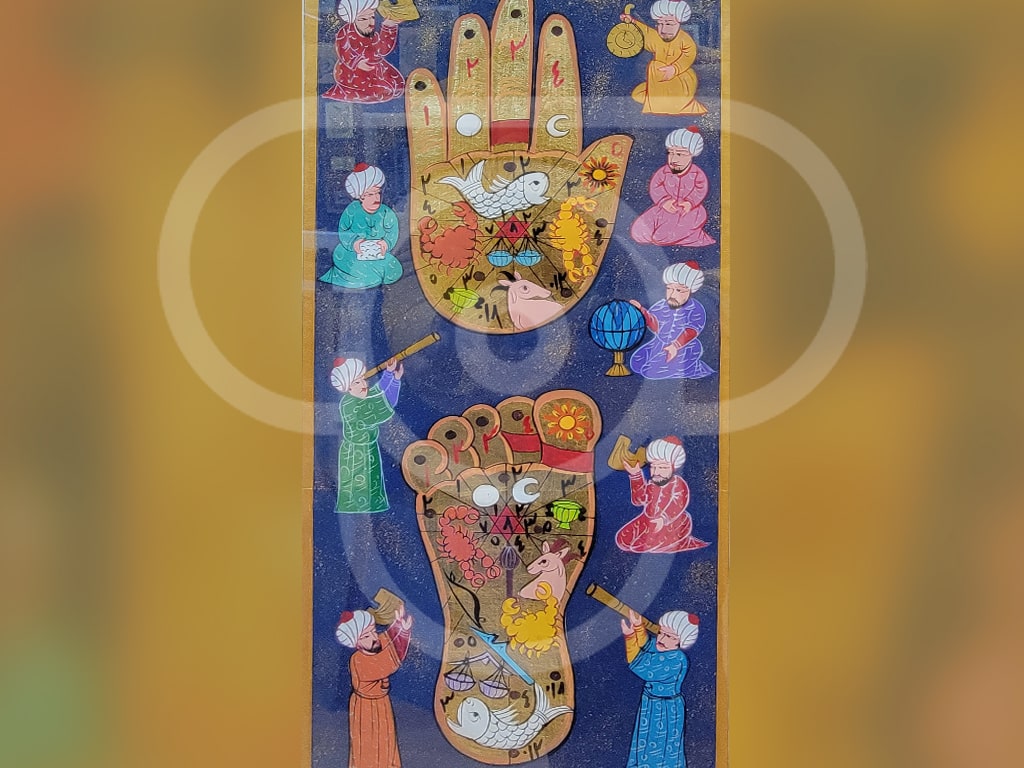
Today, miniature Turkish artwork is still practiced by a small number of artists. These artists use traditional techniques and materials to create beautiful and intricate works of art. Miniatures are a valuable part of Turkish cultural heritage, and they continue to be admired by people around the world.
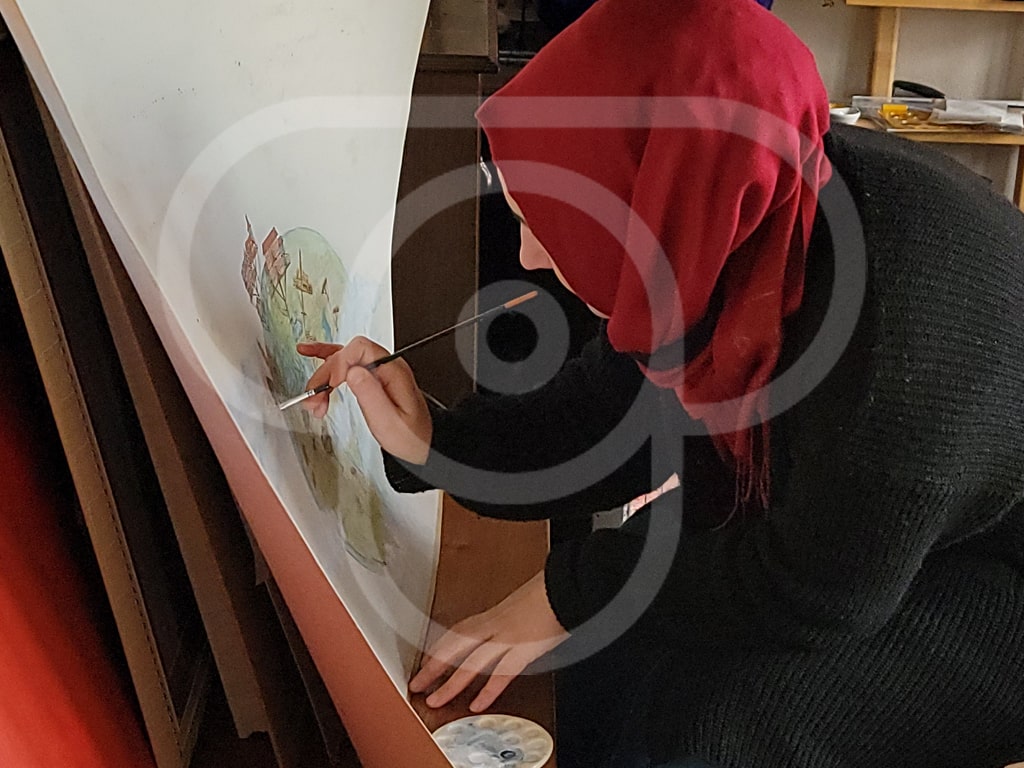
Halı
An authentic handmade Turkish carpet is called a Halı. The word “halı” comes from the Turkish word “hallamak,” which means “to spread out.” Halı are made from wool, silk, or a combination of the two. They are knotted by hand using a variety of techniques, and the knot density can range from 100 knots per square inch to over 1,000 knots per square inch.
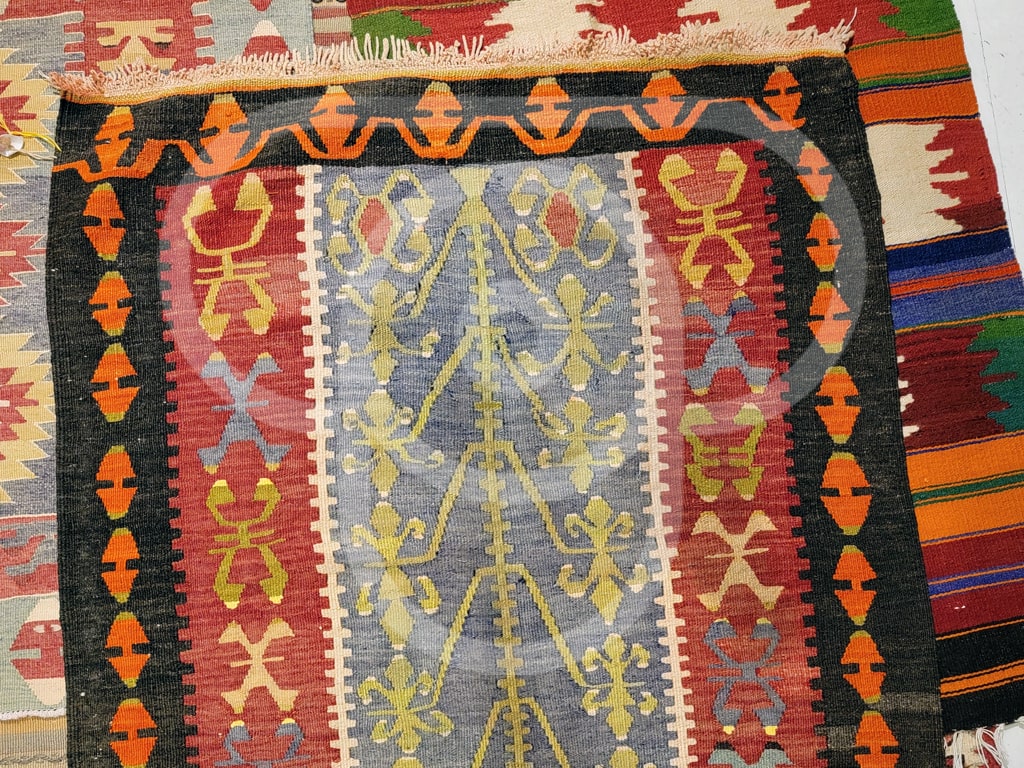
Halı are known for their intricate designs and vibrant colors. They are often used as floor coverings, but they can also be used as wall hangings or as decorative pieces. Halı are a valuable part of Turkish culture, and they are prized for their beauty, craftsmanship, and durability.
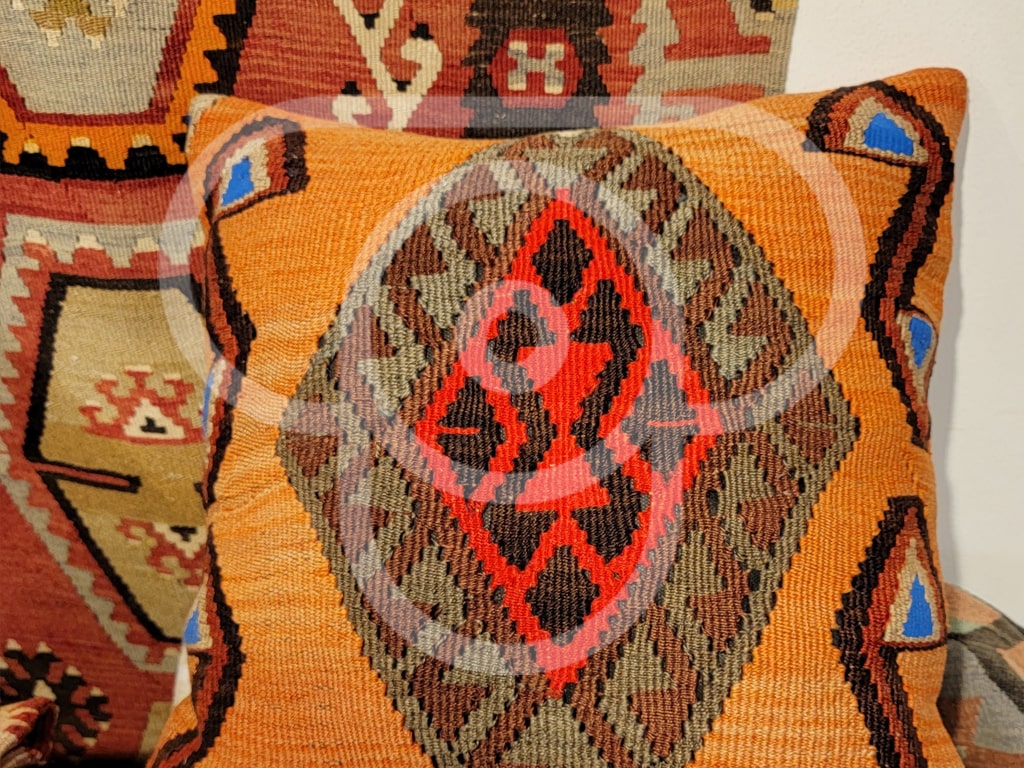
Some of the most famous types of Turkish carpets are:
- Gördes: These carpets are made in the town of Gördes in western Turkey. They are known for their high knot density and intricate designs.
- Oushak: These carpets are made in the town of Oushak in central Turkey. They are known for their large size and bold patterns.
- Hereke: These carpets are made in the town of Hereke in northwestern Turkey. They are known for their luxurious materials and exquisite craftsmanship.
- Kilim: These carpets are flat-woven and do not have a pile. They are known for their geometric patterns and vibrant colors.
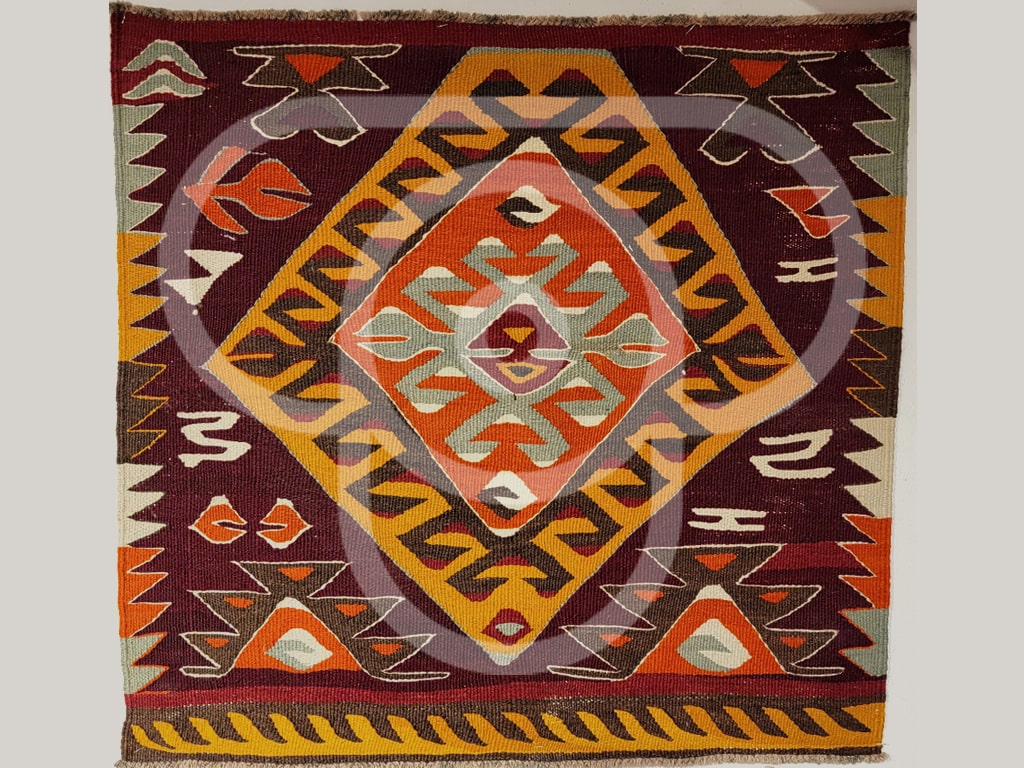
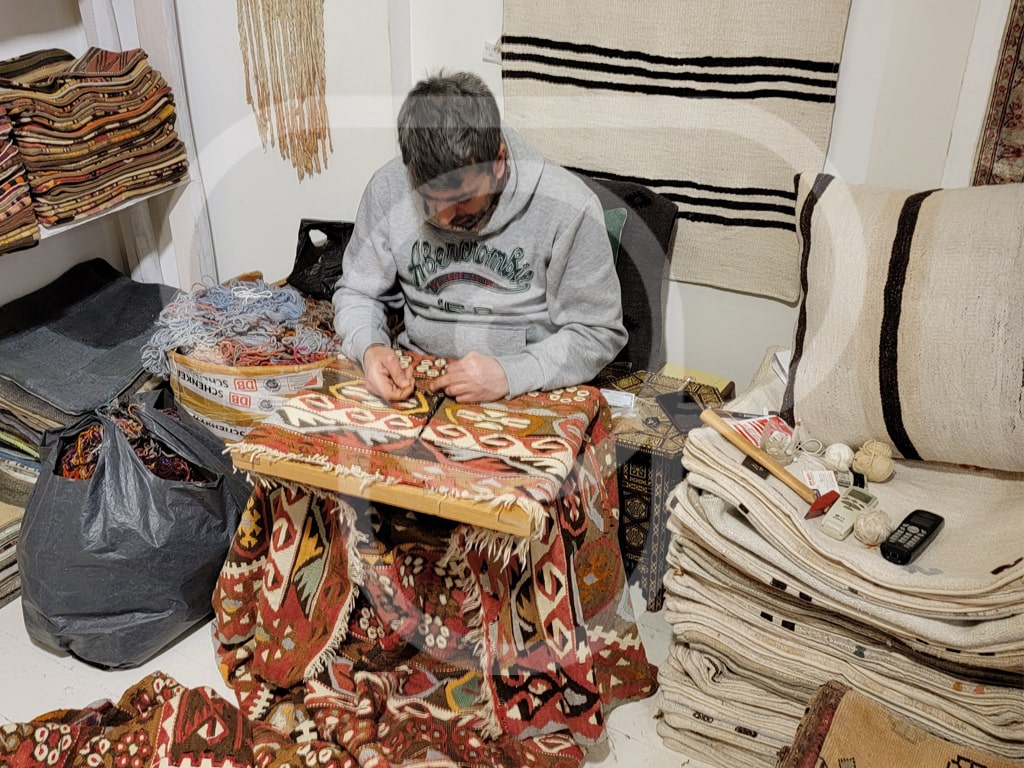
Turkish tiles
Turkish tiles are a beautiful and intricate art form that has been practiced in Turkey for centuries. They are made from a variety of materials, including clay, glaze, and pigment. Turkish tiles are known for their vibrant colors and intricate designs. They are often used to decorate mosques, palaces, and other buildings.
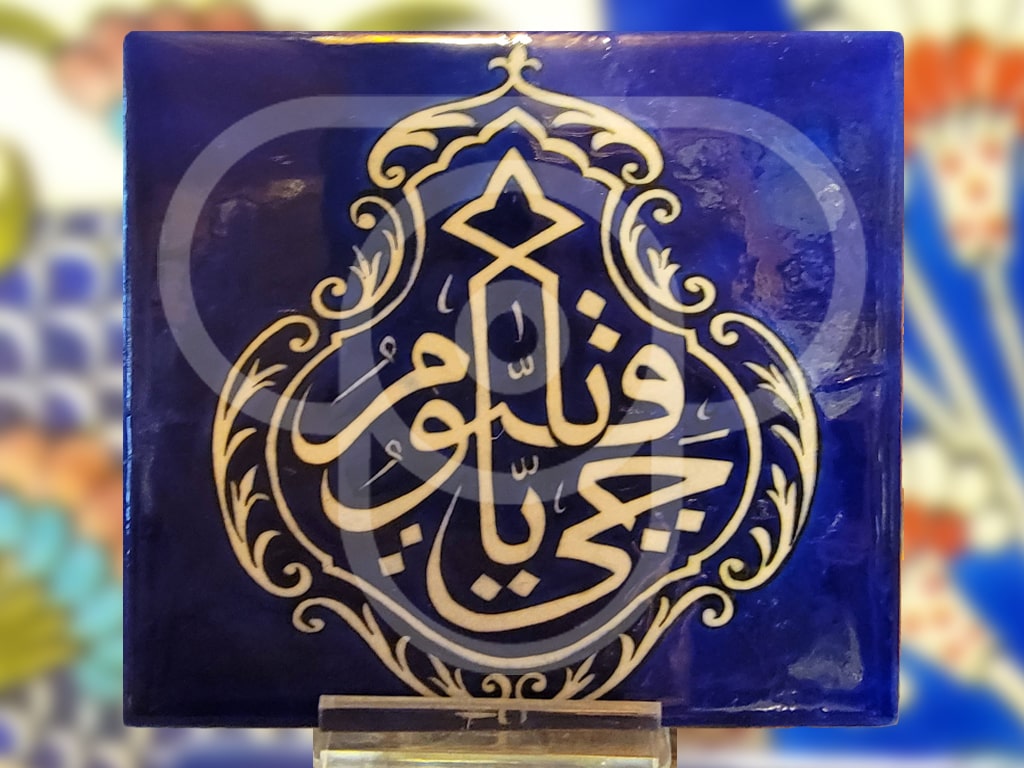
The Origin

The peak of Turkish tilemaking occurred in the 16th century, during the reign of Sultan Suleiman the Magnificent. During this period, Turkish tiles were characterized by their use of vibrant colors and intricate designs. They were often used to decorate the walls and ceilings of mosques, palaces, and other buildings.
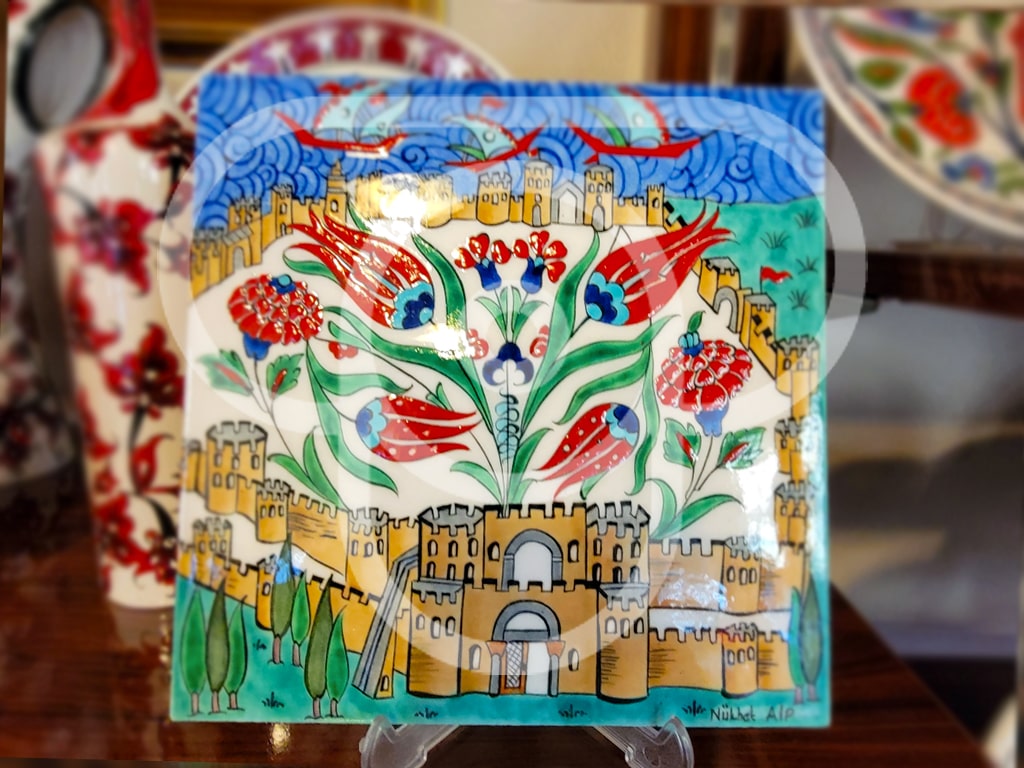
Iznik tiles are the most famous type of Turkish tile. They are characterized by their use of blue and white colors, and they are often decorated with floral motifs, geometric patterns, and calligraphy. Iznik tiles were first produced in the town of Iznik, Turkey, in the 16th century. They quickly became popular throughout the Ottoman Empire, and they were used to decorate mosques, palaces, and other buildings.
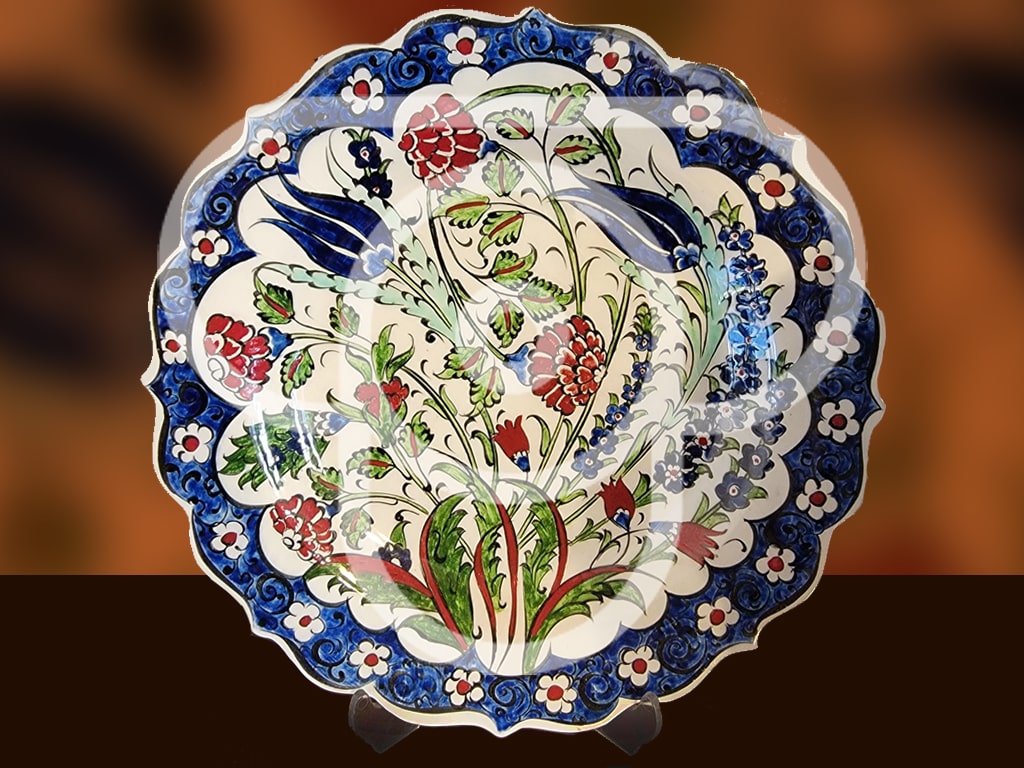

Iznik tiles are made from a type of clay that is found in the region around Iznik. The clay is fired at high temperatures, and then it is decorated with glazes and pigments. The blue and white colors are achieved by using cobalt oxide and tin oxide, respectively.
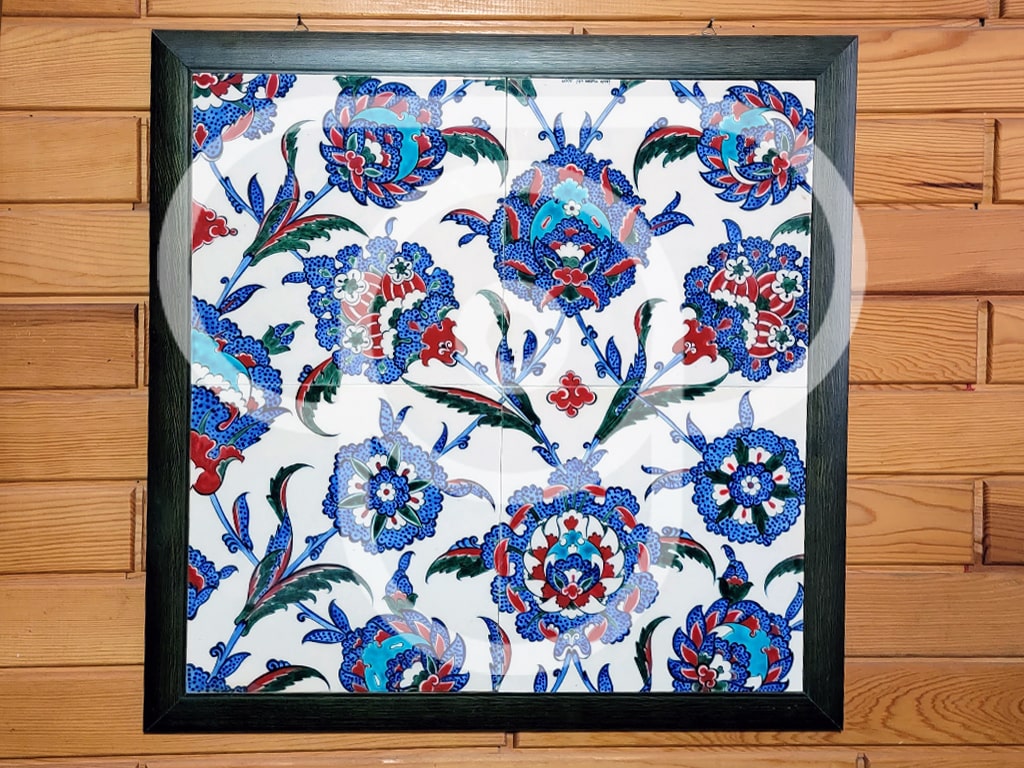
Iznik tiles are a valuable part of Turkish cultural heritage. They are a testament to the skill and artistry of Turkish craftsmen, and they are a reminder of the rich history of the Ottoman Empire. Today, Iznik tiles are still made in Turkey, and they are still used to decorate buildings. They are also popular souvenirs for tourists.
Turkish Jewelry
Turkish jewelry has a long and rich history, dating back to the Seljuk Turks who ruled Anatolia in the 11th and 12th centuries. The Seljuks brought their own traditions of jewelry making to Anatolia, and these traditions were later developed by the Ottomans.
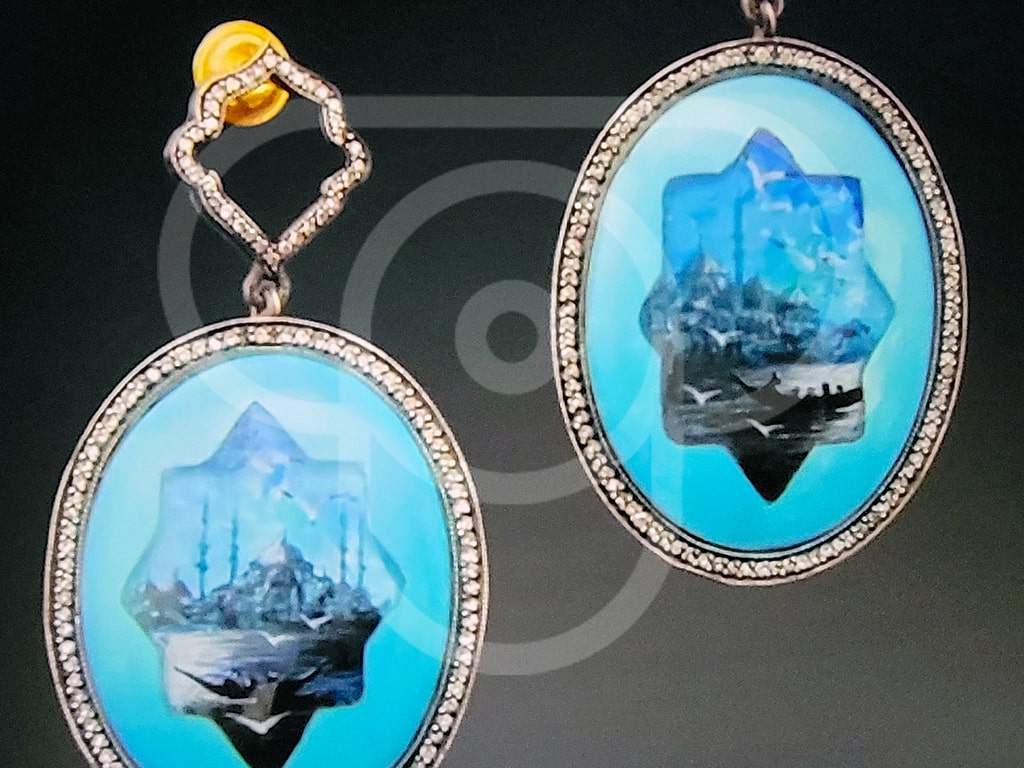
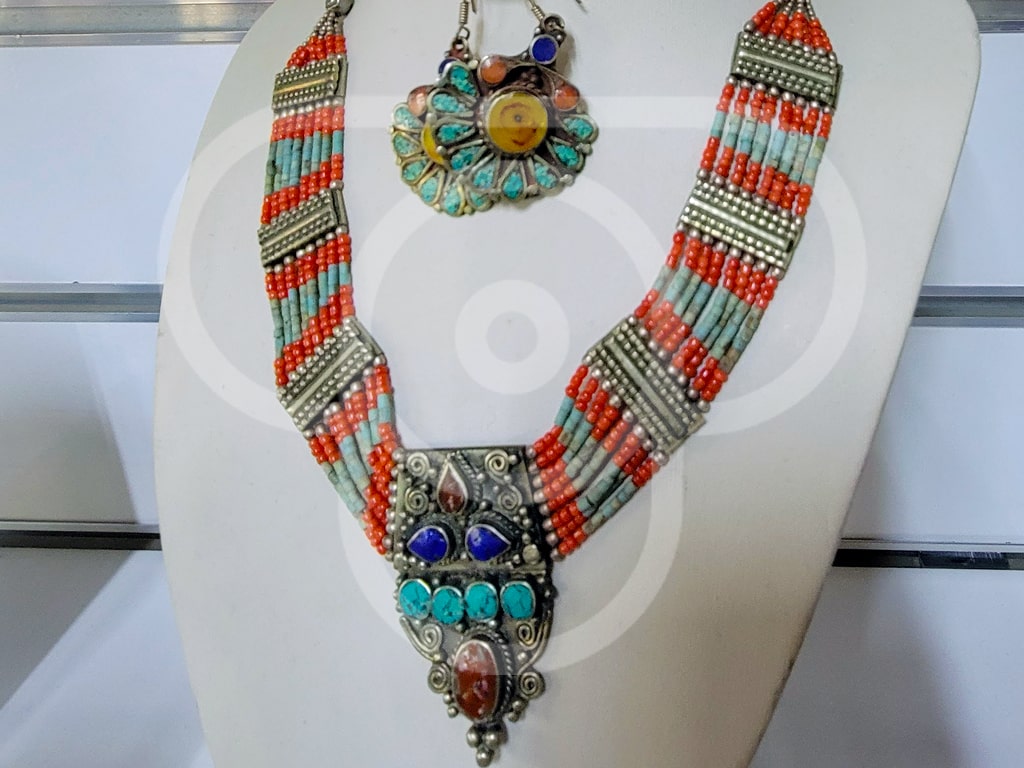
Today, Turkish jewelry is made by a small number of master artisans who use traditional techniques and materials. The most common materials used in Turkish jewelry are gold, silver, and precious stones. Turkish jewelry is often decorated with intricate designs, including floral motifs, geometric patterns, and calligraphy.
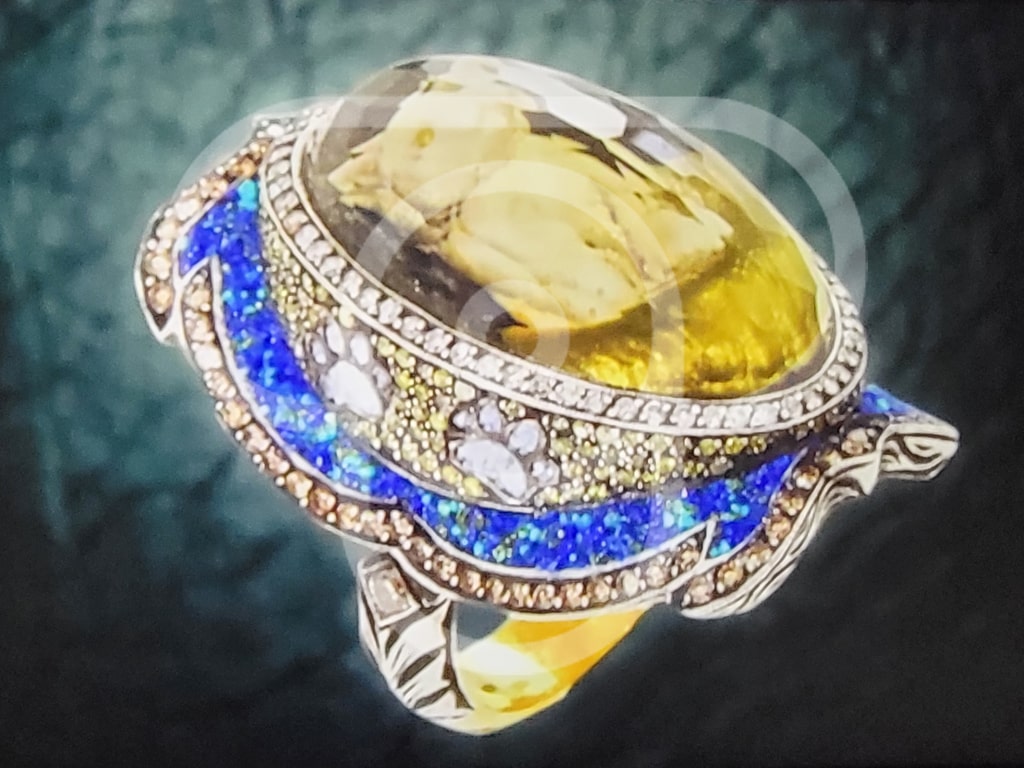
The artisans who make Turkish jewelry are highly skilled and dedicated to their craft. They often learn the trade from their fathers or grandfathers, and they pass on their knowledge and skills to the next generation. Turkish jewelry is a valuable part of Turkish cultural heritage, and it is a source of pride for the Turkish people.

Traditional wood carving
Traditional wood carving is a centuries-old art form in Turkey that has been practiced by generations of skilled craftsmen. Woodcarvings are often used to decorate furniture, objects, and buildings. They are known for their intricate detail and beautiful designs, which often feature geometric patterns, floral motifs, and calligraphy.
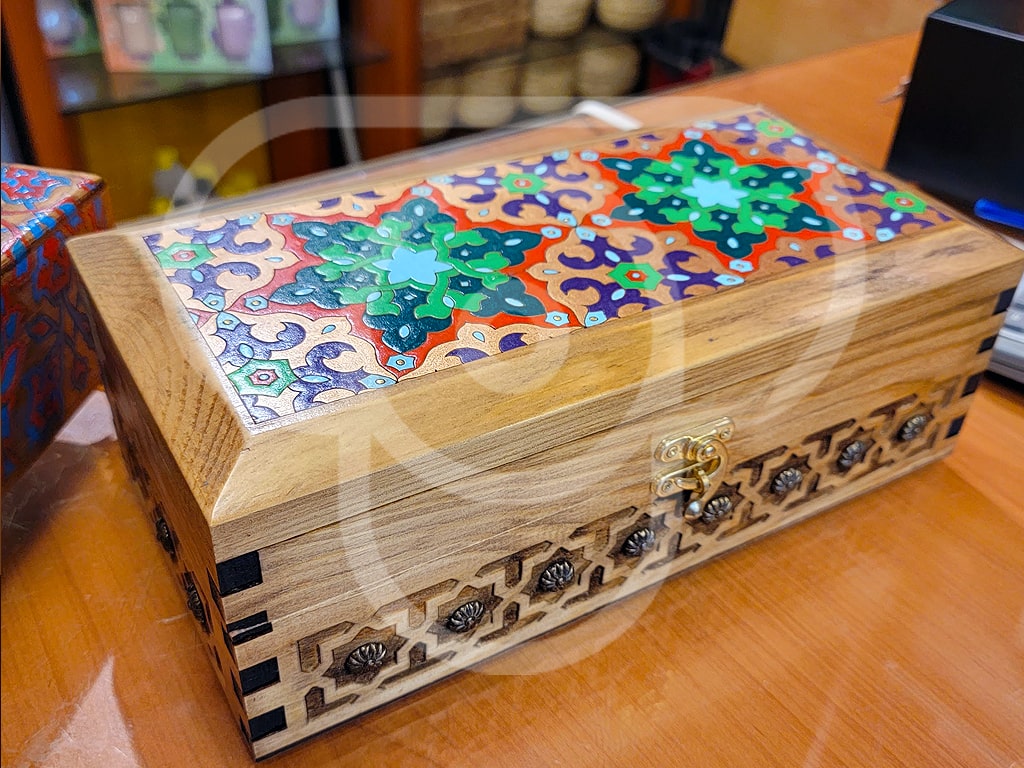
Woodcarving is a complex and time-consuming art form. It requires a high level of skill and artistry. The woodcarver must first select the right type of wood for the project. Then, they must use a variety of tools to carve the wood into the desired shape and design. Finally, the woodcarver must finish the carving by applying a sealant or varnish.

Traditional wooden carving is a testament to the skill and artistry of Turkish craftsmen, and it is a reminder of the rich history of Turkey.
Turkish arts, crafts, and culture are a rich and diverse tapestry that reflects the country’s long and varied history. From the intricate designs of Turkish ceramics to the intricate detail of Turkish miniatures, there is something for everyone to appreciate.

